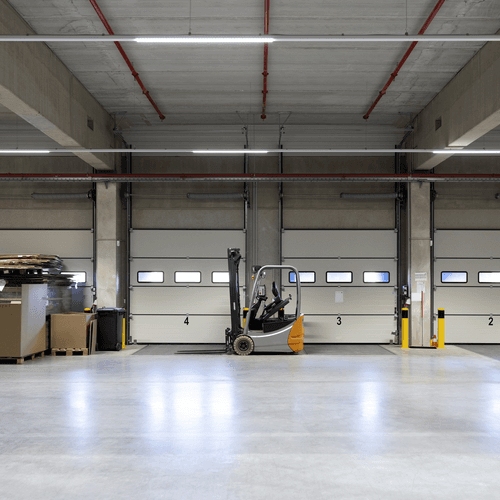Floor Slabs
- A floor slab is made from concrete and is utilized in industrial and residential construction. A flat slab is light in weight and used with double-stud walls to make monolithic constructions worldwide. Moreover, a half-finished precast concrete slab can be easily placed within buildings via cranes with lower-load capacities. Looking for a specific type of floor slab? Check out Archipro!Why ArchiPro?
No more endless searching -
Everything you need, all in one place.Real projects, real experts -
Work with vetted architects, designers, and suppliers.Designed for New Zealand -
Projects, products, and professionals that meet local standards.From inspiration to reality -
Find your style and connect with the experts behind it.Start your Project
Start you project with a free account to unlock features designed to help you simplify your building project.
Learn MoreBecome a Pro
Showcase your business on ArchiPro and join industry leading brands showcasing their products and expertise.
Learn More


